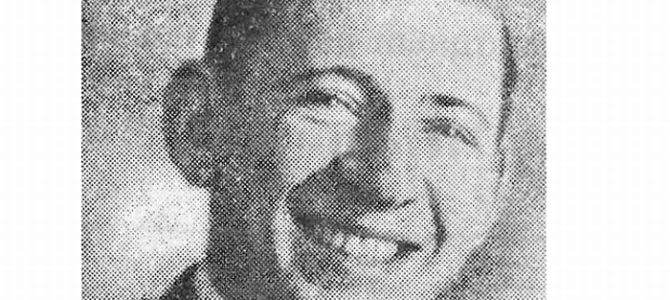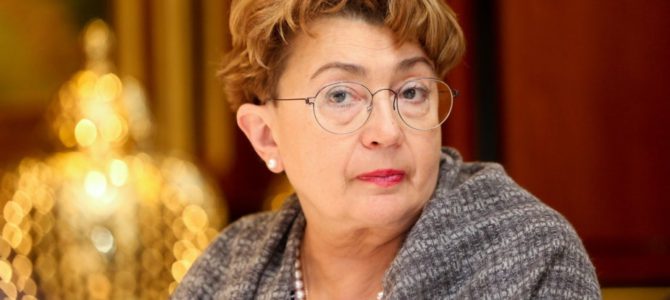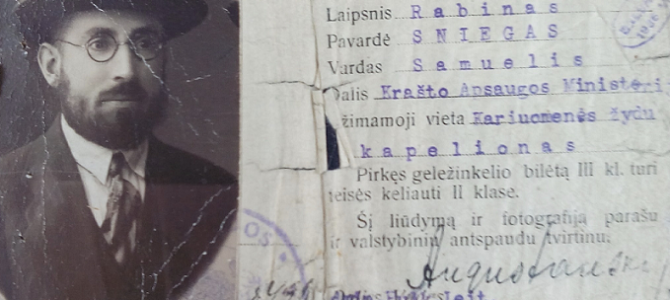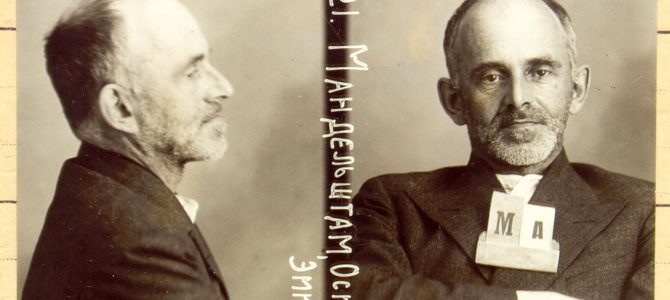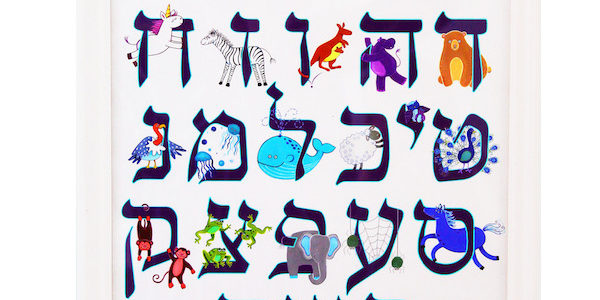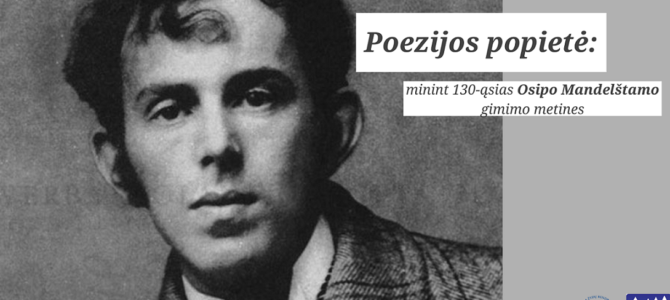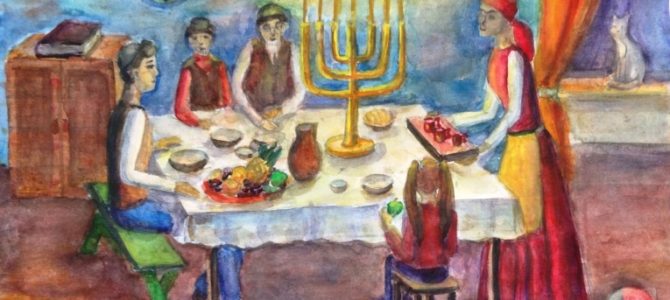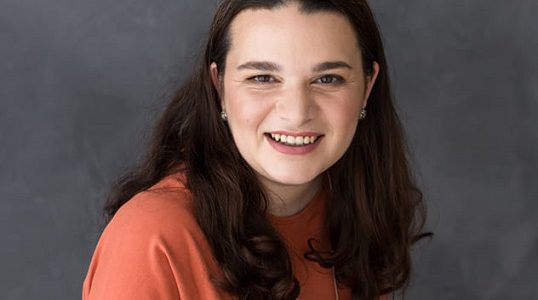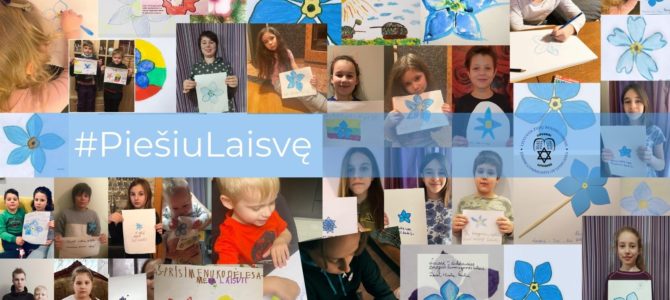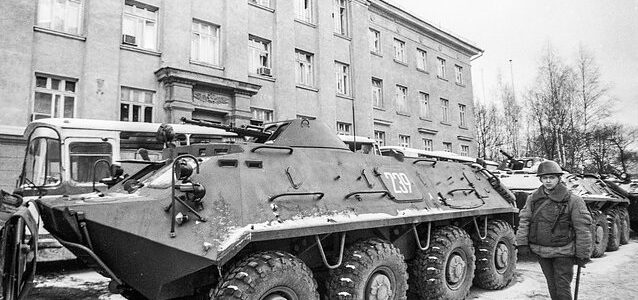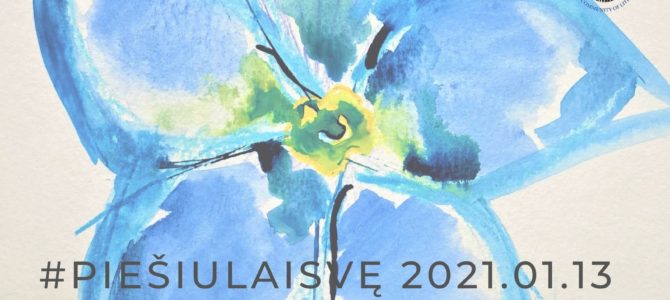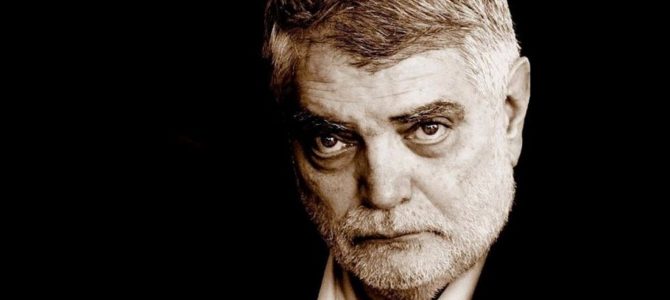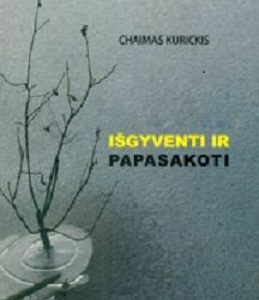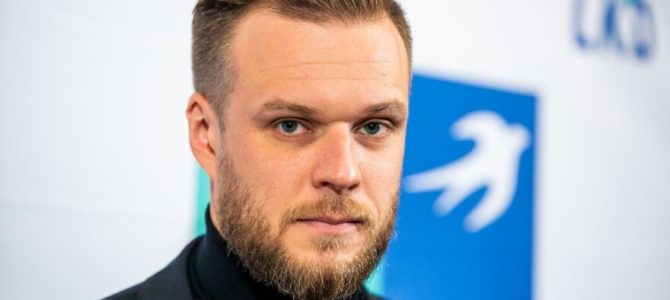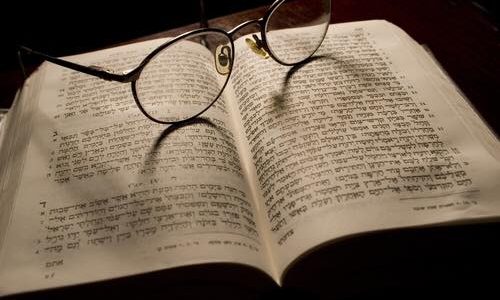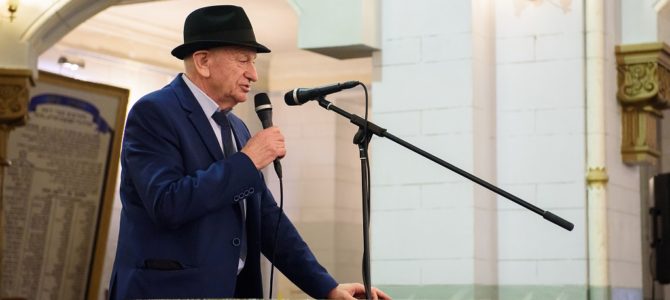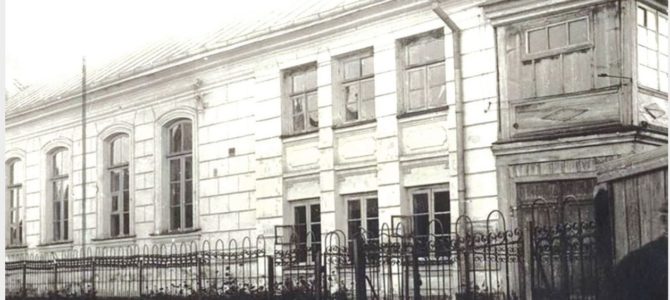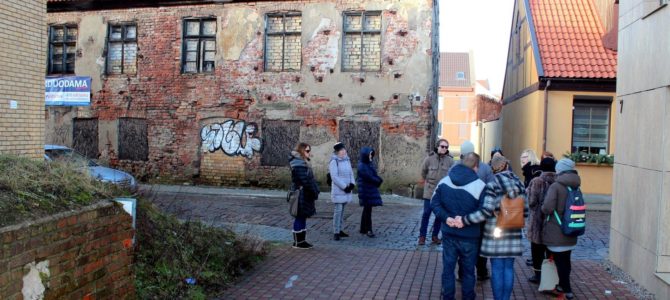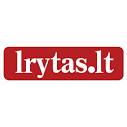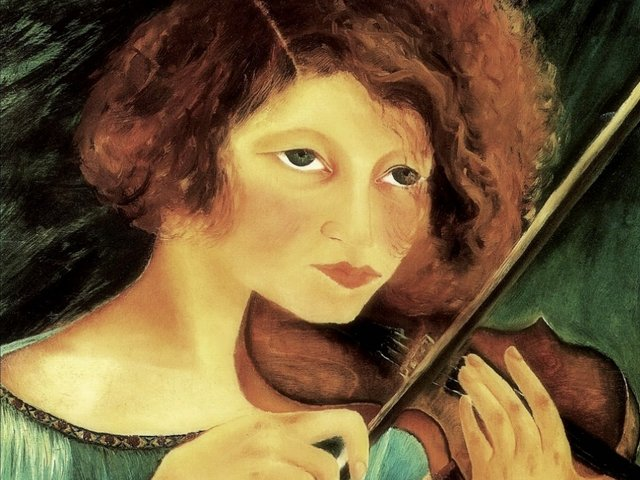by Polina Pailis on his 110th birthday for Septynios meno dienos newspaper
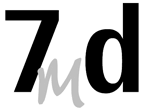
New trends in art appeared in Lithuania in the early 20th century based on new ideas and the search for new techniques for expression. Many cartoonists and caricaturists appeared in the press in the interwar period. The artist Leizeris Kaganas was especially prolific from 1931 to 1933.
Kaganas was born in 1910 and his place of birth is unknown. In 1929 he attended the Kaunas Art School but left after his first year. His off-the-cuff sketches and caricatures first appeared in the Kaunas newspapers in 1931. In the second half of that year he moved to Riga and competed in sketching contests there. In 1932 and 1933 he held exhibitions in Lithuania. In 1932 he was part of an exhibition in Stockholm. In 1939 and 1940 he lived and worked in Denmark. Kaganas’s fate following the German occupation of Denmark is unknown.
The first article about the young artist appeared in Lietuvos aidas newspaper on September 30, 1931, which said his talent had been noticed from the beginning.


